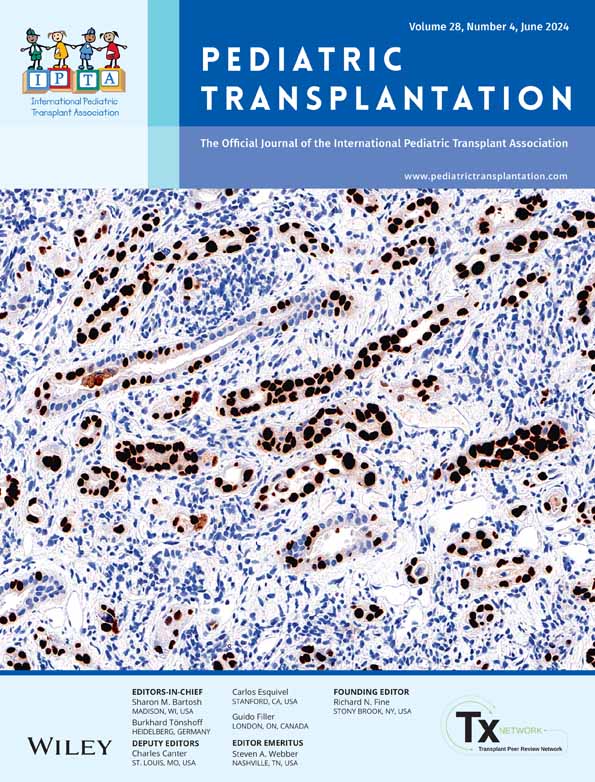Effect of body mass index on exercise capacity following pediatric heart transplantation
Abstract
Background
Obesity and impaired exercise tolerance following heart transplantation increase the risk of post-transplant morbidity and mortality. The aim of this study was to evaluate the effect of body mass index on markers of exercise capacity in pediatric heart transplant recipients and compare this effect with a healthy pediatric cohort.
Methods
A retrospective analysis of cardiopulmonary exercise test data between 2004 and 2022 was performed. All patients exercised on a treadmill using the Bruce protocol. Inclusion criteria included patients aged 6–21 years, history of heart transplantation (transplant cohort) or no cardiac diagnosis (control cohort) at the time of testing, and a maximal effort test. Patients were further stratified within these two cohorts as underweight, normal, overweight, and obese based on body mass index groups. Two-way analyses of variance were performed with diagnosis and body mass index category as the independent variables.
Results
A total of 250 exercise tests following heart transplant and 1963 exercise tests of healthy patients were included. Heart transplant patients across all body mass index groups had higher resting heart rate and lower maximal heart rate, heart rate recovery at 1 min, exercise duration, and peak aerobic capacity (VO2peak). Heart transplant patients in the normal and overweight body mass index categories had higher VO2peak and exercise duration when compared to underweight and obese patients.
Conclusion
Underweight status and obesity are strongly associated with lower VO2peak and exercise duration in heart transplant patients. Normal and overweight heart transplant patients had the best markers of exercise capacity.
CONFLICT OF INTEREST STATEMENT
The authors of this current study have no conflicts of interest to disclose.
Open Research
DATA AVAILABILITY STATEMENT
The data that support the findings of this study are available from the corresponding author upon reasonable request.




